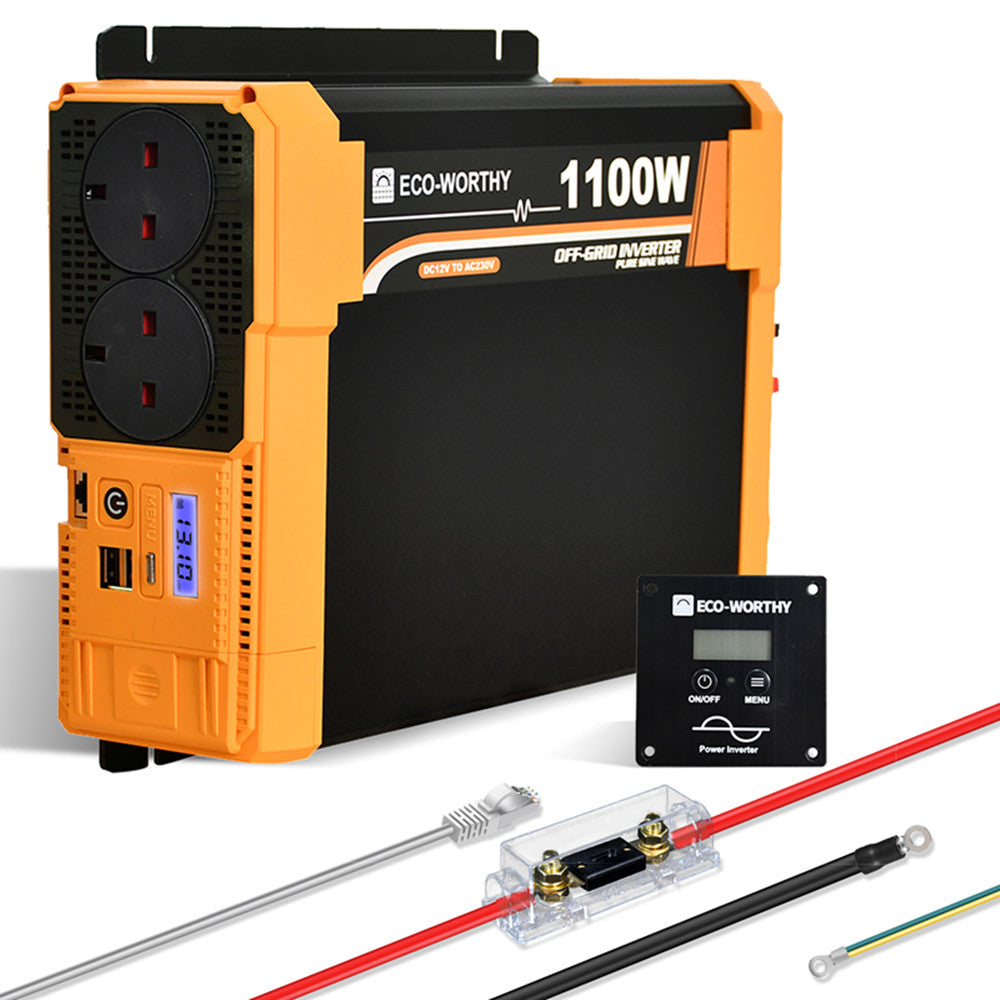What is a 12V to 220V Inverter?
A 12V to 220V inverter is an essential device that converts direct current (DC) from a 12V battery into alternating current (AC) at 220V. This conversion is vital for powering household appliances and electronic devices that require AC power. Inverters are commonly used in various applications, including solar energy systems, automotive power supplies, and backup power solutions.

How Does a 12V to 220V Inverter Work?
The operation of a 12V to 220V inverter involves several key components and processes. At its core, the inverter uses a circuit that switches the DC input on and off rapidly, creating a square wave or modified sine wave output. This output is then transformed into a smoother sine wave, which is more suitable for most electrical devices.
- Input Stage: The inverter receives 12V DC power from a battery.
- Oscillator: An oscillator generates a high-frequency signal that switches the DC input.
- Transformer: The transformer steps up the voltage to 220V AC.
- Output Stage: The final output is a stable 220V AC suitable for use.
Applications of a 12V to 220V Inverter
Understanding the applications of a 12V to 220V inverter can help you appreciate its importance in modern technology. Here are some common uses:
- Solar Power Systems: Inverters are crucial in converting solar panel output into usable AC power for homes.
- Automotive Use: Many vehicles use inverters to power devices such as laptops and small appliances.
- Backup Power: Inverters provide emergency power during outages, ensuring that essential devices remain operational.
- Recreational Vehicles: Campers and RVs often utilise inverters to run household appliances while on the go.
Choosing the Right 12V to 220V Inverter
When selecting a 12V to 220V inverter, consider the following factors:
- Power Rating: Ensure the inverter can handle the total wattage of the devices you intend to use.
- Waveform Type: Decide between pure sine wave and modified sine wave inverters based on your appliance requirements.
- Efficiency: Look for inverters with high efficiency to minimise energy loss.
- Portability: If you plan to use the inverter in different locations, consider its size and weight.
Conclusion
In summary, a 12V to 220V inverter is a versatile and essential device that plays a crucial role in converting DC power to AC power for various applications. Understanding its workings and applications can help you make informed decisions when selecting an inverter for your needs. Whether for solar energy systems, automotive use, or backup power solutions, the 12V to 220V inverter remains a vital component in our increasingly electrified world.








